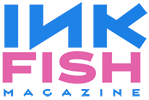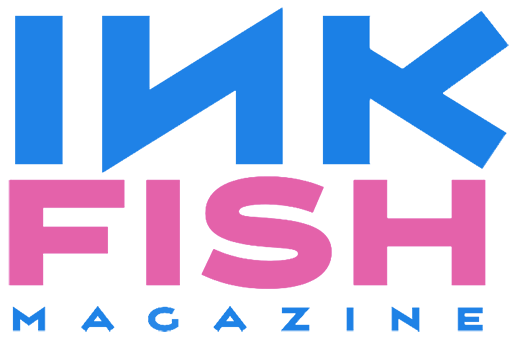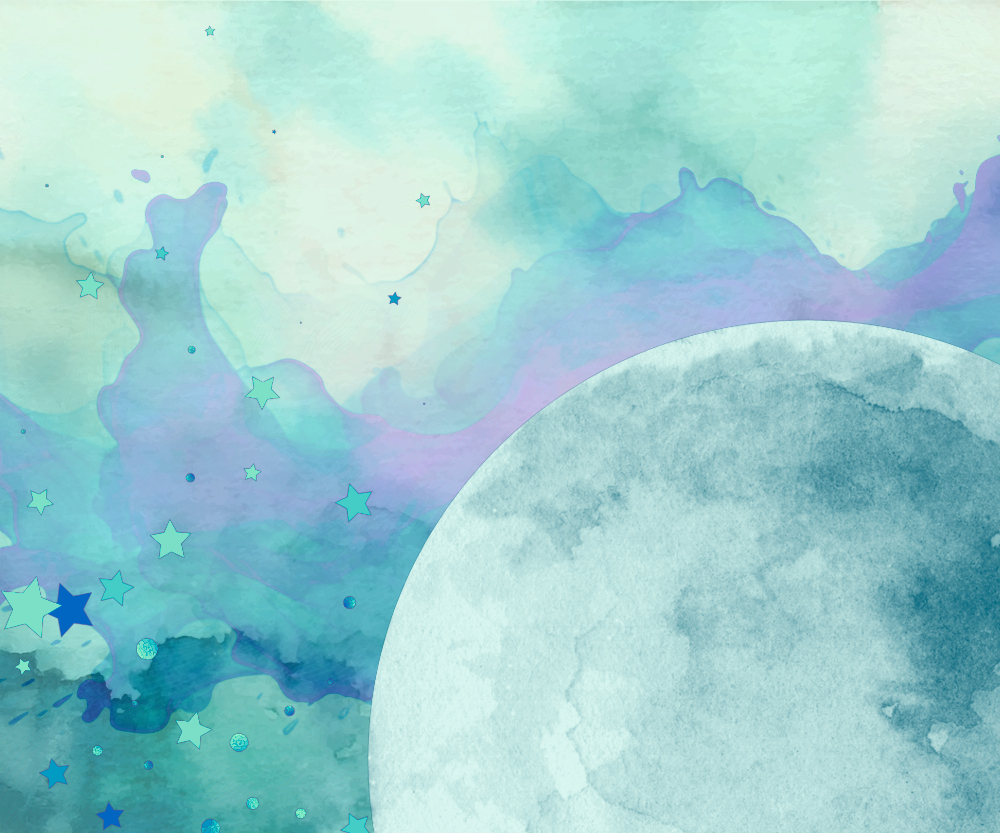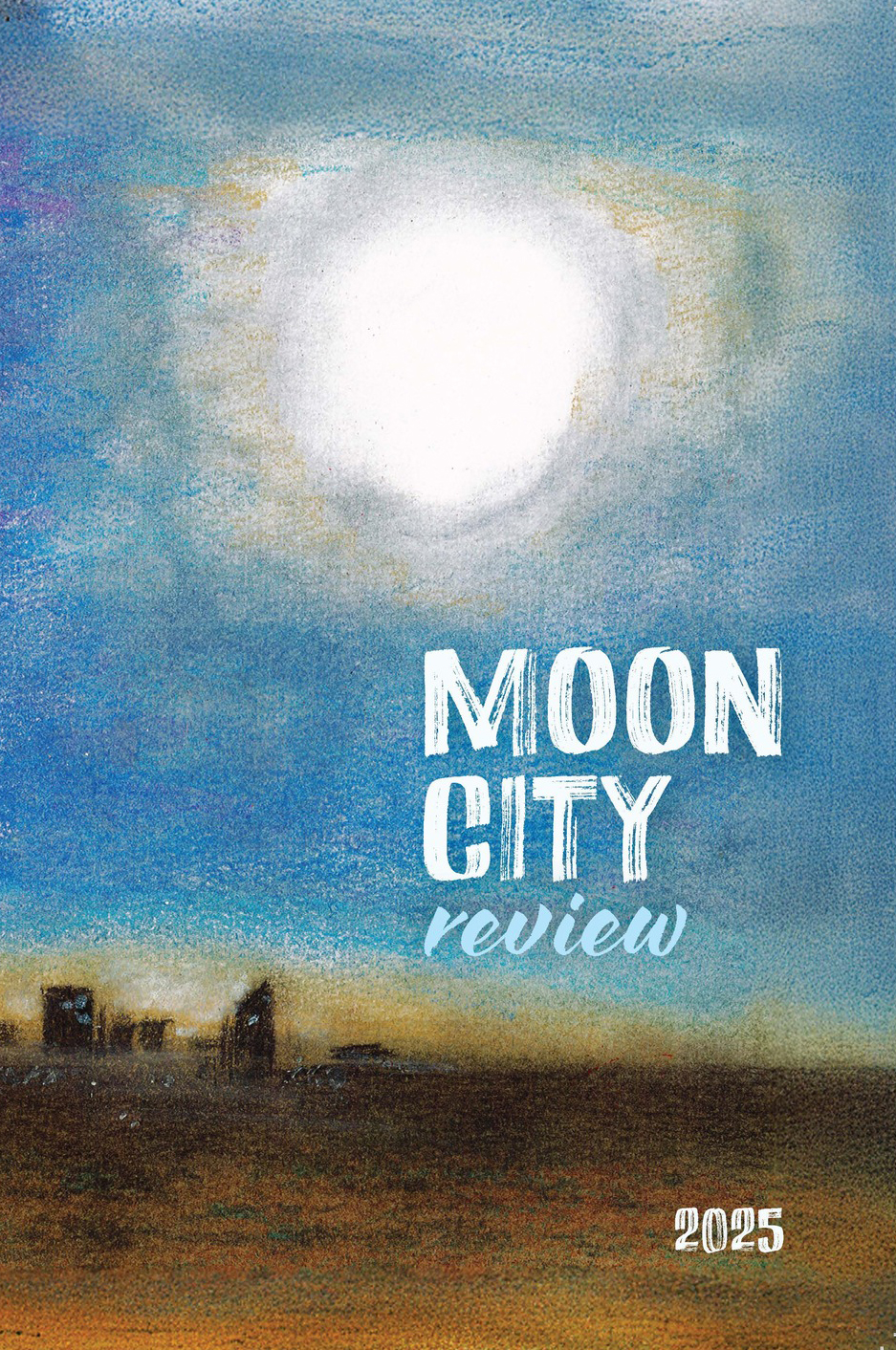Interview with Dawn Tasaka Steffler
Writer
Questions by Kate Horsley
Can you tell us a little about your writing process? Where do you write from? What’s that space like? How do you approach each day of writing?
Someday I hope to have a room of my own with a door I can close, but until one of my kids moves out permanently (they’re all in college right now now), I write at a desk in my very chaotic living room. I did have to train my family not to bug me when I’m working. Fortunately, once I get in the zone, I am able to tune out most things. Plus, I get to sit in front of a lovely window with a view of the mountains. And it does get quiet, late at night or when everyone is at work/school. I am surrounded by stacks of books and post-it notes, a third of my desk space is covered by a soft blanket for my cat, and my elderly yellow lab snores on his dog bed right behind me. My writing environment may not be ideal for most people, but it’s definitely my happy place.
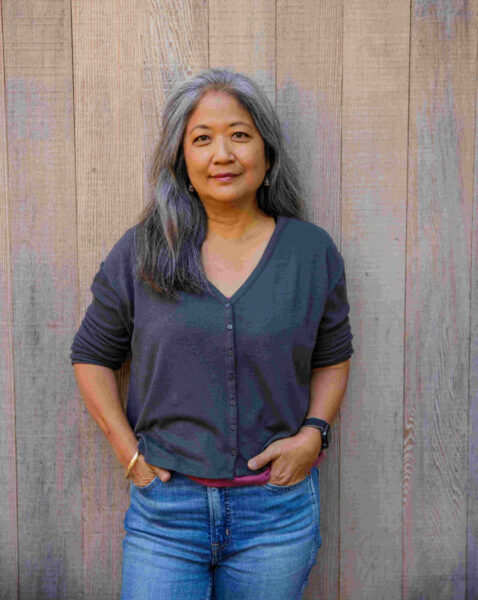
Read Dawn Tasaka Steffler’s
‘What Moon Wouldn’t Give’
Read Dawn Tasaka Steffler’s
‘What Moon Wouldn’t Give’
Are there particular stories, myths, or legends that tend to inspire you?
The supernatural elements and fairytales I grew up with are either Hawaiian or Japanese. I remember being terrified of Japanese Obake when I was a kid, and to this day when I drive over the Pali highway in Honolulu, I keep an eye out for hitchhikers. Two years ago, I was working on a flash story that had some Hawaiian ghost elements in it, and I had the best time researching all the scary stories from my childhood. I was thrilled when that particular flash was published by Flash Frog. Around that time I started collecting Hawaiian and Japanese ghost story compilations. I’m telling you — Hawaii has some of the best ghost stories and the Japanese have some of the best monsters! I wish I had more time to just read for fun, to delve deeper into all this rich material so that it can percolate in my subconscious and come out as something speculative or creepy. Someday perhaps.
We are so excited that you’re contributing a beautiful flash, ‘What Moon Wouldn’t Give’, to Inkfish! What inspired your piece?
I’ve always been really sensitive to and alarmed by the crisis our climate is going through. So one day I was taking a Smokelong Quarterly generative workshop run by Ingrid Jendrzejewski, and we were asked to respond to a sentence: “This is what happened when the moon lost that bet.” The first sentence I wrote in response to that was, “The moon doesn’t see the point in hanging around” which quickly led me to an image of two sisters, Earth and Moon. Earth is going through her death throes, and of course Moon desperately wants to leave… I spent a few weeks going down rabbit holes about Theia and Giant-impact hypothesis, the AMOC current in the Atlantic Ocean, and watching videos of the Apollo 11 moon landing, padding the story with all the details my imagination could come up with. It was such fun.
Space, planets, the moon, comets, all play a compelling role in ‘What Moon Wouldn’t Give’. How do you usually draw on the natural world in your writing?
One of the things I enjoy the most about writing is the ridiculous amounts of research it sometimes requires. Research that doesn’t make it into the final product but informs absolutely everything. I’m actually very attracted to science; the most disparate information can sometimes add the most interesting and unexpected layer to a story. Like, I have this unfinished story that I want to get back to that links estranged sisters with migrating birds with quantum entanglement. I hit a wall with that story, so it’s currently “in a drawer,” but I keep thinking about it, keep coming across interesting articles in magazines and newspapers that speak to it. It’s definitely marinating.
Does planning and writing a micro or flash piece feel very different to writing a short story or longer prose piece? Do you feel there’s overlap with prose poetry in your work?
When I first started writing flash in 2022, everything I wrote was around the 1000 word mark, and I couldn’t understand how people wrote anything shorter. But as time passed, I was able to fit my stories into 500 word containers. Then 250 words. Then 100 words. I would compare it to flexing a muscle. I think the other half of it is being able to sense how large a story needs or wants to be. These days I can kind of gauge how large a container I might need when a new story idea comes to me, and I have two longer pieces, probably in the 1500-2000 range, that are on my back burner. I don’t feel like I know how to write that long, but I’ll figure it out because those two pieces hold a lot of energy for me. As far as overlap with prose poetry, I’m no poet. But every once in a while, I write a micro that I don’t understand, it’s different from what I usually write, like a white-hot singular moment, it feels unfinished but yet it’s finished. And my brain wonders, did I just write some prose poetry?
Flash, prose poems, novellas-in-flash, micros all feel like such current and evolving forms. What risks might writers take to push the envelope and what do you see flash fiction developing towards?
No risk no reward. So, chase what you want. Want to understand how to write a micro? Read a ton of micros. But also, think about what you read. Analyze it. Take it apart. Figure out how it works. Continue to educate yourself, there’s an embarrassment of riches when it comes to flash. Smokelong Quarterly has the best workshop platform in my opinion. But there’s so many quality teachers out there offering the most amazing classes. As far as where is flash headed towards? I’d love to see the novella-in-flash gain more traction. I’d love for the literary world to recognize that the depth, complexity and emotional power of a story isn’t tied to its word count.
We’d love to hear about other pieces of yours that are about to emerge or have recently come out, as well as what you’re working on now!
For the past year I’ve been working on a polyphonic novella-in-flash that has a transgender teen at its center. But really it’s about the community the teen lives within, and the novella explores the enormous effect, positive or negative, intentional or unintentional, that others have on LGBTQ individuals. A handful of those flash stories have been popping up in lit mags since last Fall. But something new I’m excited for is, embedded within the NIF is a series of more experimental micros where the titles all begin with “David as —.” (David is the transgender teen.) I’m very happy to say the first one in that series is coming out in a few days with JMWW.
And in July, Mythic Picnic on Twitter (I’m totally not consistent calling it by the other name, I miss that little blue bird so much…) is hosting a collection of previously published stories. It was fun going through older stories to put that collection together and I hope people will check it out! If you still have a Twitter account that is.
About Dawn Tasaka Steffler
Dawn Tasaka Steffler (she/her) is an Asian-American writer from Hawaii who lives in the San Francisco Bay Area. She was a Smokelong Quarterly Emerging Writer Fellow, winner of the Bath Flash Fiction Award, and was selected for both the 2024 Wigleaf Top 50 long list and 2025 Best Small Fictions. Her stories appear in Pithead Chapel, Fractured Lit, Moon City Review, The Forge and more. She is working on a novella-in-flash that explores the challenges and joys of parenting queer kids. Find her online at dawntasakasteffler.com and on BlueSky and Instagram.
